News
News
Grand opening of two more rooms at the third terrace of the templeTourists can now visit other objects examined and restored by our expedition. These are the so-called The North and South Halls of Amun on the Temple's Upper Terrace, located on both sides of the Sanctuary of Amun-Re, open to visitors since 2017. The reconstruction of these two rooms is the result of the work of conservators, architects, constructors and Egyptologists, on which, see HERE.
The ceremony was attended by Dr. Mustafa Waziri, Secretary General of the Supreme Council of Antiquities, Dr. Fathy Yaseen, General Director of Antiquities of Luxor Governorate, Dr. Bahaa Gaber, General Director of Antiquiteis of the West Bank of Luxor and his Deputy Dr. Ezz el-Din Kamal el-Nuby, as well as Dr. Anna Wodzińska, director of the PCMA UW Research Centre in Cairo, Dr. Patryk Chudzik, director of our expedition, and members of Polish and foreign archaeological expeditions in Thebes. The famous Egyptian archaeologist and former Minister of Antiquities, Dr. Zahi Hawass, was the guest of honor at the ceremony.
Congratulations to all members of our expedition who contributed to this! |
Conference 'Poles on the Nile'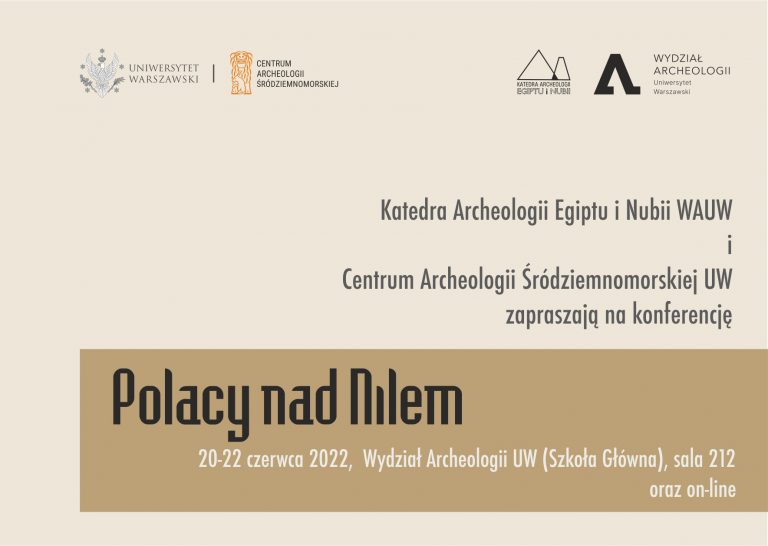 The next edition of the conference on Polish archaeological research along the Nile Valley will take place on 20-22 June 2022. It will be held in a hybrid mode – both online and at the Faculty of Archaeology UW. The next edition of the conference on Polish archaeological research along the Nile Valley will take place on 20-22 June 2022. It will be held in a hybrid mode – both online and at the Faculty of Archaeology UW.The results of our work at the Temple of Hatshepsut and in the necropolis of North Asasif will be presented by Dr Patryk Chudzik, on June 20, at 10.30 am (Hatshepsut) and at 4.30 pm (North Asasif).
On June 20 at 11 am, Aleksandra Pawlikowska-Gwiazda will present her reseach on the St. Phoibammon's monastery.
The full conference programme is to be found here:
Registration link for online participants:
|
fieldwork spring 2022
|
|
|
Chapel of Thuthmose I published
We are proud to present our newest publication, devoted to the Chapel of Thuthmose I: Mirosław Barwik with the contribution of Teresa Dziedzic, The Royal Mortuary Cult Complex in the Temple of Hatshepsut at Deir el-Bahari. Part 1, The Chapel of Tuthmosis I (=Polish Publications in Mediterranean Archaeology 2). Leuven–Paris–Bristol: Peeters Publishers.
The volume has been released open access and may be downloaded HERE.
The volume is an editio princeps of the Chapel of Thutmosis I, a shrine located in the southern part of the upper terrace of the Theban funerary complex of Hatshepsut. The shrine was built by order of the queen to commemorate her father and housed the pharaoh’s mortuary cult in relation to that celebrated for the queen in the adjoining Chapel of Hatshepsut. Its decoration, patterned upon that of the Chapel of Hatshepsut, although significantly smaller in scale, follows iconographic schemes in vogue from the illustrious era of the Old Kingdom and the pyramid temples of the great pharaohs of more than a thousand years earlier.
“This publication is the culmination of many years of painstaking excavation, documentation, and restoration work at Deir el-Bahari, not to mention some sharp detective work outside of Egypt in the identification of fragmentary material … a major achievement and will be an outstanding contribution to Egyptology.” Raymond W. Johnson, University of Chicago, Oriental Institute.
More information about the volume and its authors may be found HERE.
Congratulations to the authors!
|
Votive offerings for Hathor discovered at the Temple of Hatshepsut and other revelations
This year's activities of the Expedition, under the direction of Dr. Patryk Chudzik, were focused on the conservation and restoration work being carried out in the Hathor Shrine, which is located on the second terrace of the temple of Hatshepsut. This structure, with the features of a small temple, was devoted to the cult of this bovine goddess, who is usually associated with motherhood, fertility and, in general, all abundance. As part of the protective work conducted, a rock-cut tomb, partially located under the Hathor Shrine, was assessed to gauge its state of preservation. This tomb is about 500 years older than the Temple of Hatshepsut - dating from the reign of Mentuhotep II Nebhepetre and was prepared presumably for a person from the royal family, as evidenced, among other aspects, by its size, quality of its rock cut workmanship, as well as its location in the immediate vicinity of the temple of Mentuhotep. The tomb consists of a corridor over 15 meters long and a burial chamber featuring a depression in the stone floor to house a wooden coffin (now lost). Archaeologists who entered the tomb in 2021 discovered stone rubble on its floor. Among the rock chips, several hundred ancient objects were found, including several remnants of the original tomb equipment from the early Middle Kingdom. There are also decorated blocks from the temple of Hatshepsut; some of these have already been assigned to the Main Sanctuary of Amun. This complex of rooms, located on the highest terrace of the temple, was reconstructed by the Polish Expedition and opened to tourists in 2017. The newly discovered blocks will ultimately be restored into their original contexts within this part of the temple. The most interesting objects discovered in the debris filling of the tomb are cow figurines, as well as ceramic flasks decorated with the motif of female breasts, bowls pained with plant motifs and dozens of women's figurines. These artifacts are tentatively dated to the Eighteenth Dynasty. Their repertoire and iconography indicate that these are votive offerings for Hathor, brought to her sanctuary at Deir el-Bahari. It seems that after a certain period of time, when such gifts became abundant, the temple personnel had to clean them up. So far, a number of sites are known where such ‘wasted’ gifts had been stored, all of them having been discovered during the previous excavations near the entrance to the temple. It is now clear that one such site was located in the temple itself, directly under the sanctuary of Hathor. The tomb under the Hathor Shrine was discovered in the late XIX century by Henri Édouard Naville. However, because it was robbed in antiquity and had no decoration on the walls, it was never fully documented. What turned out to valuable debris in the tomb did not draw the attention of the archaeologists of the American expedition working in the temple of Hatshepsut during the 1920s. It is most likely therefore that the filling of the tomb, along with the votive offerings to Hathor, remained intact for almost 3500 years. More information about this discovery can be found at:
https://polskieradio24.pl/39/156/Artykul/2852801 https://www.polskieradio.pl/39/156/Artykul/2852801,Egipt-Polscy-archeolodzy-odnalezli-cenne-artefakty-w-poblizu-swiatyni-Hatszepsut
|
The BBC on our research!
Research undertaken by Dr. Anastasiia Stupko-Lubczynska on masters and apprentices carving the relief decoration in the Chapel of Hatshepsut was commented upon by the BBC World Service! To listen, follow the link below:
https://www.bbc.co.uk/programmes/w172xyxt4k0f67f (starts from 20:12)
|
The Chapel of Hatshepsut presents: master-sculptors and their apprentices captured at work
19.11.2021 For about a decade, a team of draughts persons worked on the complete documentation of the reliefs in the Hatshepsut Chapel, the room where the posthumous cult of this female pharaoh was performed. The offering scenes placed on the two lateral walls of the Chapel, each about 13 meters long, depict the procession of 100 offering bearers heading to Hatshepsut, who is shown seated in front of the offering table. Dr. Anastasiia Stupko-Lubczyńska analysed these scenes in depth, focusing on the techniques of making
the relief, the organization of the sculptors' work and their working conditions.
The research has shown that, as in Renaissance-era workshops, in the Chapel of Hatshepsut apprentices worked on non-complex parts, such as torsos, arms and legs, while more experienced artists tackled intricate faces and corrected mistakes made by the students.
In addition, at one spot on the Chapel’s wall, a ‘relief carving school’was discovered, being a place where a teacher taught their students how to carve a figure’s wig - an intricate and time-consuming element – by starting one wig to demonstrate their technique and allowing a student to finish it; next, the student was allowed to make several figures’ wigs on their own, while the master was working nearby.
From 2012 to 2017, Dr. Anastasiia Stupko-Lubczyńska’s research was financed by the National Science Centre, Poland (agreement no. 2012/05/D/HS3/03680), for more about which, see HERE
Dr. Stupko-Lubczynska's research has met with great interest from the media around the world, below we present a selection of links:
https://antikewelt.de/2021/11/17/deir-el-bahari-wie-entstanden-aegyptische-reliefs/ https://www.archaeology.org/news/10158-211123-hatshepsut-temple-carvings https://www.artnews.com/art-news/news/ancient-egyptian-artists-relief-carving-study-1234610481/ https://www.spektrum.de/alias/bilder-der-woche/aegyptische-kunst-ganz-alte-schule/1950325
|
The decorative programme of the Southern Room of Amun deciphered
We are delighted to invite you to a lecture by Katarzyna Kapiec, entitled "The Southern Room of Amun – results of the study on its decoration and function in the temple of Hatshepsut at Deir el-Bahari''. Katarzyna Kapiec is a member of our Temple of Hatshepsut team and an assistant at the Institute of the Mediterranean and Oriental Cultures, Polish Academy of Science (IMOC PAS). The talk will be presented within the Archaeological Seminar of IMOC PAS. The event will take place on Tuesday, 26th of October at 2.30 pm GTM 2+ on MS Teams. To attend this event please contact:
Wall decoration in the Southern Room of Amun in the temple of Hatshepsut at Deir el-Bahari in Egypt will be a topic of Katarzyna Kapiec’s talk. Her full study of the wall decoration scheme of the Southern Room of Amun, and thus all the elements of the ideological message of this programme allowed her to establish the function of the room. The study was focused on the divine personalities of Amun-Kamutef and Amunet, the functions of the royal ka, the analysis of the royal attire and insignia and on the specifics of the offering scenes, as well as the analysis of the function of the coronation scene placed outside the room. It should be emphasized here that an in-depth analysis of the oils and linen displayed in the room’s decoration was crucial in understanding its function. The study included also the analysis of all phases of the decoration and as well as the processes of erasures and re-carving names and figures of Hatshepsut. The research confirmed a hypothesis that this room was not only a temple storeroom, as frequently suggested by other scholars, but also a place associated with rituals of transformation, regeneration, rebirth, and rejuvenation. Defining the function of this room and placing it in the ritual topography of the Upper Courtyard complex has been a significant step towards understanding the theological notion coded in the temple of Hatshepsut as well as broadening our comprehension of the selection process of the decorative motifs in other temples of ancient Egypt.
The Southern Room of Amun, located at the uppermost terrace of the temple, was the subject of Katarzyna’s long-term research project. More information about the project can be found HERE.
|
Deir el-Bahari through the lens of Maciej Jawornicki
We cordially invite you to the exhibition ‘From Memphis to Thebes. Treasures of Ancient Egyptian Capitals Through the Lens of Maciej Jawornicki’:
https://gckisnowogrodziec.pl/kategoria/od-memfis-do-teb/
Photographs by Maciej Jawornicki along with comments by Dr. Patryk Chudzik, in Polish and English, are presented by the Municipal Center of Culture and Sport in Nowogrodziec, in collaboration with the Polish Center of Mediterranean Archaeology of the University of Warsaw.
About the exhibition and its author: The photography exhibition ‘From Memphis to Thebes’ by Maciej Jawornicki, a long-time member of numerous archaeological expeditions to Egypt and Sudan, reveals an unusual look at one of the greatest and most magnificent monuments of pharaonic times. The photographs, presented here for the first time, were taken during site excavation work, which allowed the author to capture the treasures of Egyptian architecture from a perspective unknown to tourists visiting Egypt. Many of the photos presented at the exhibition show the Temple of Hatshepsut at Deir el-Bahari along with its picturesque landscape. They also show the outcomes of the Polish team’s work: walls, columns, and statues and the cleaned wall decorations.
|




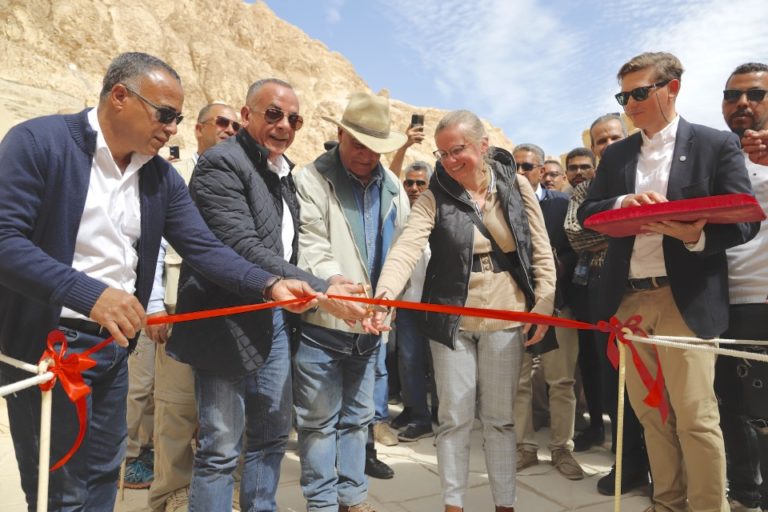
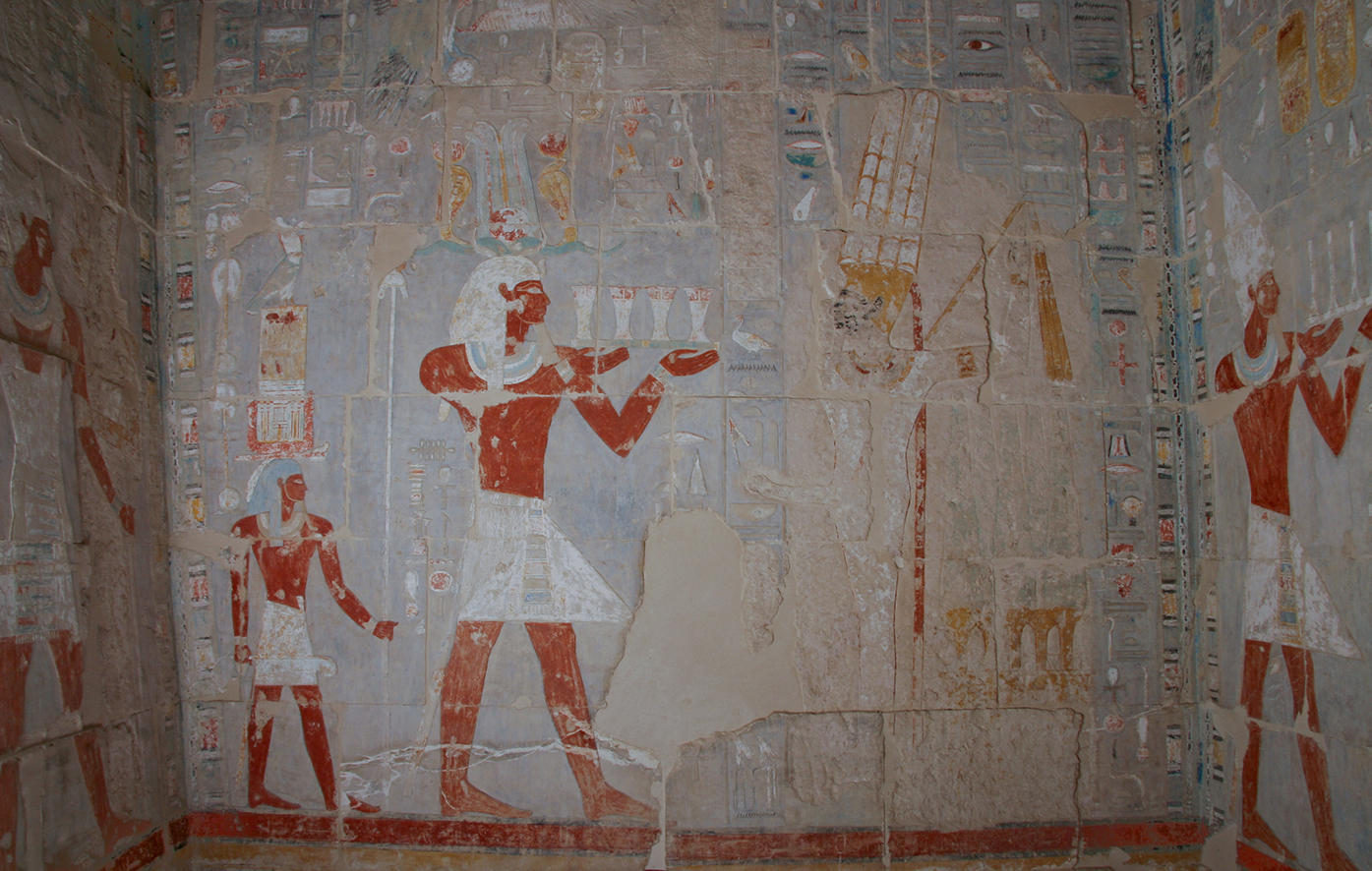
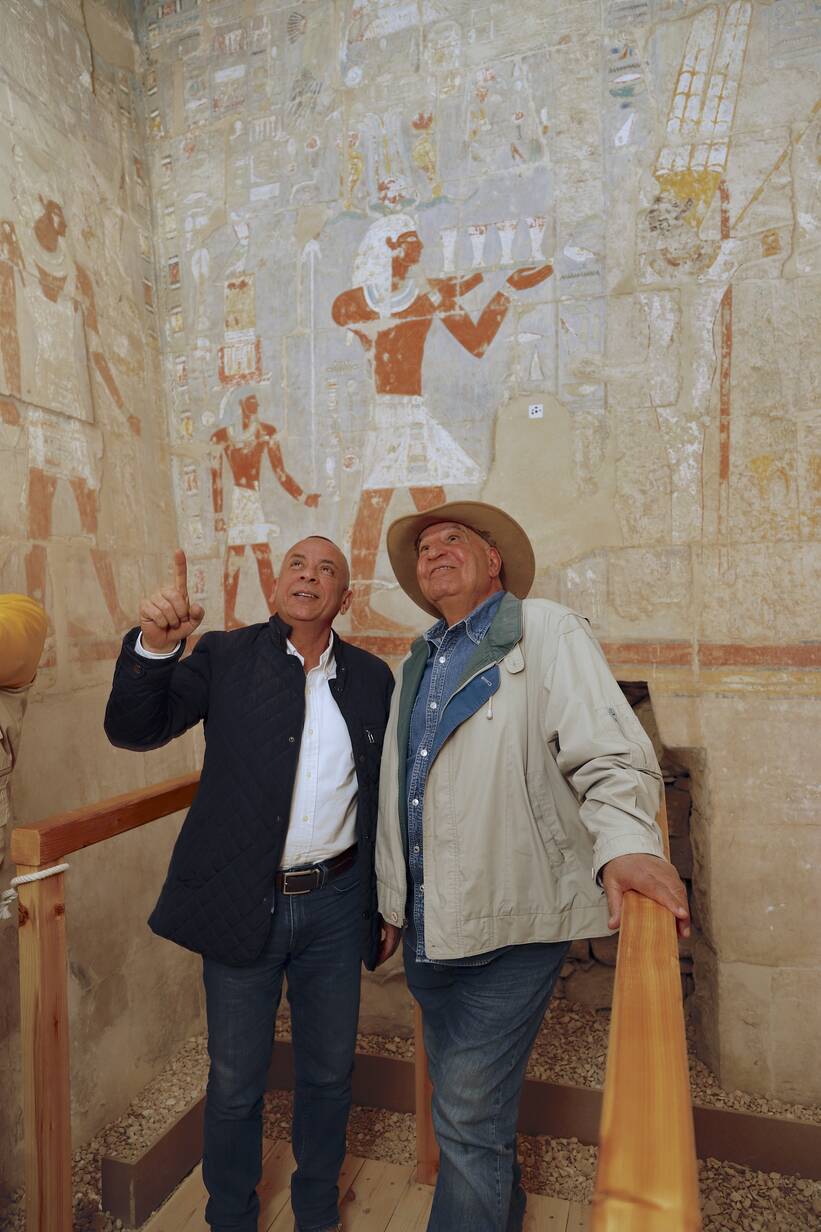
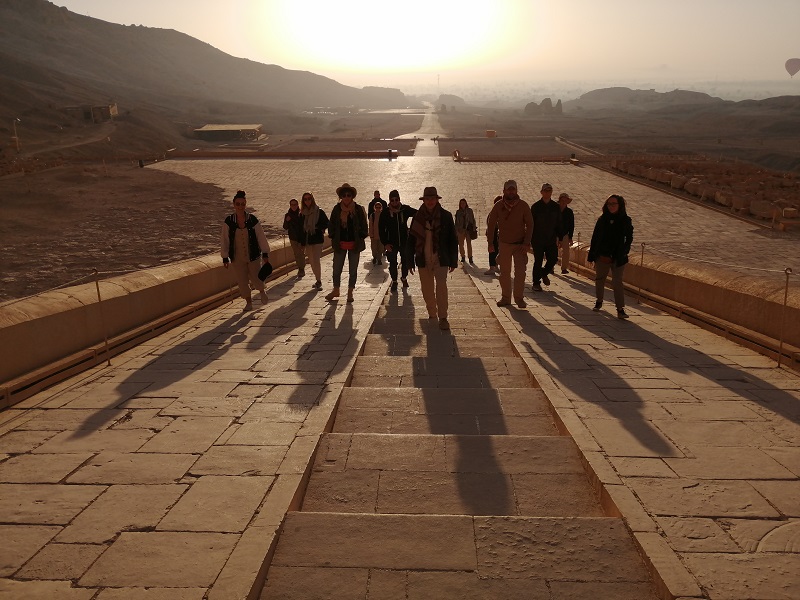 Fieldwork spring 2022
Fieldwork spring 2022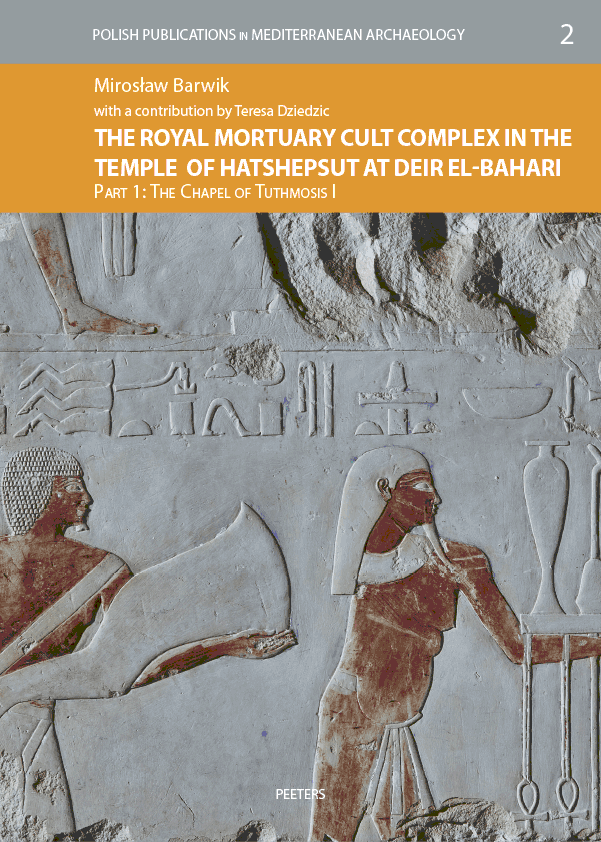 05.01.2022
05.01.2022
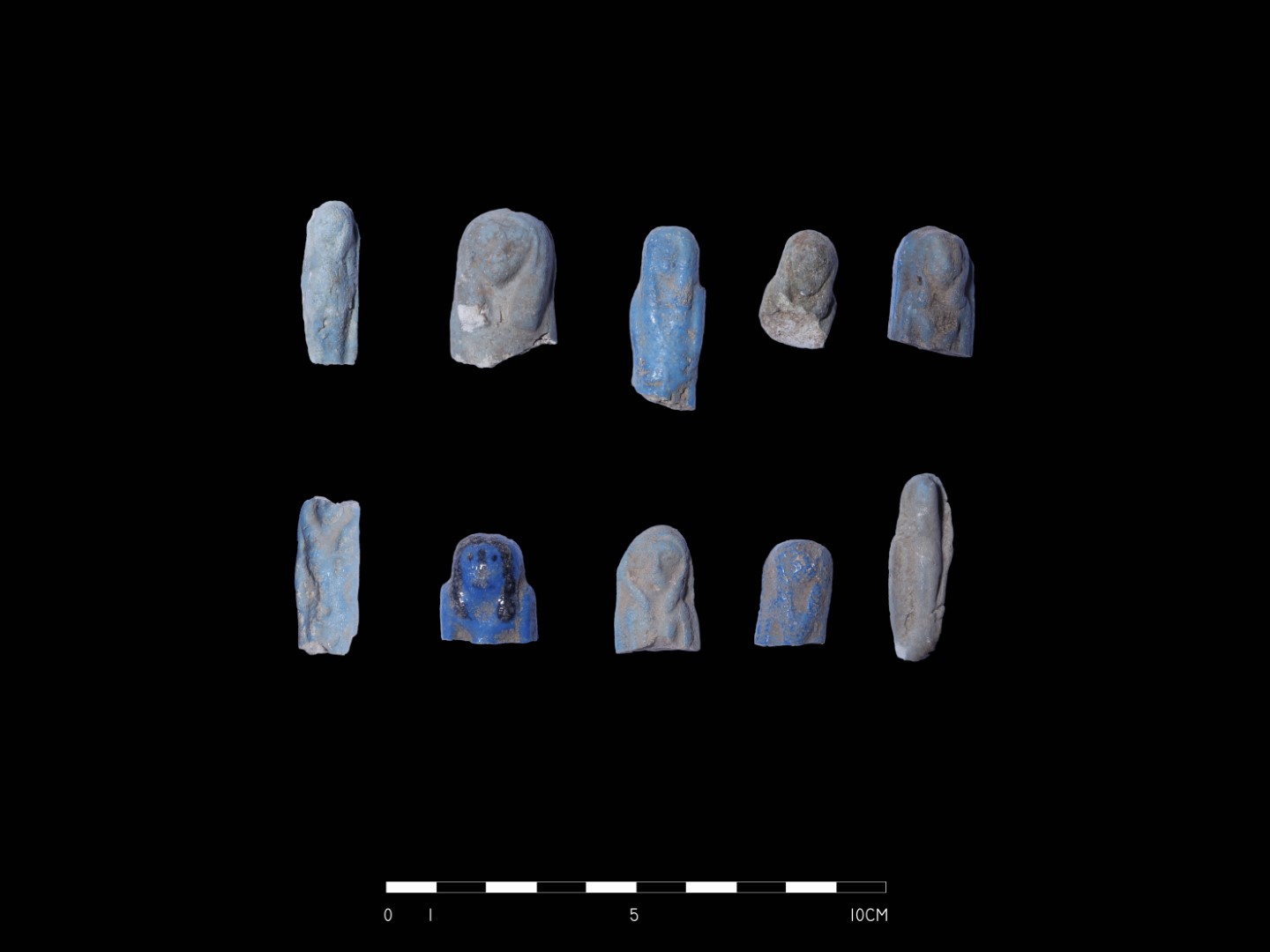 23.11.2021
23.11.2021

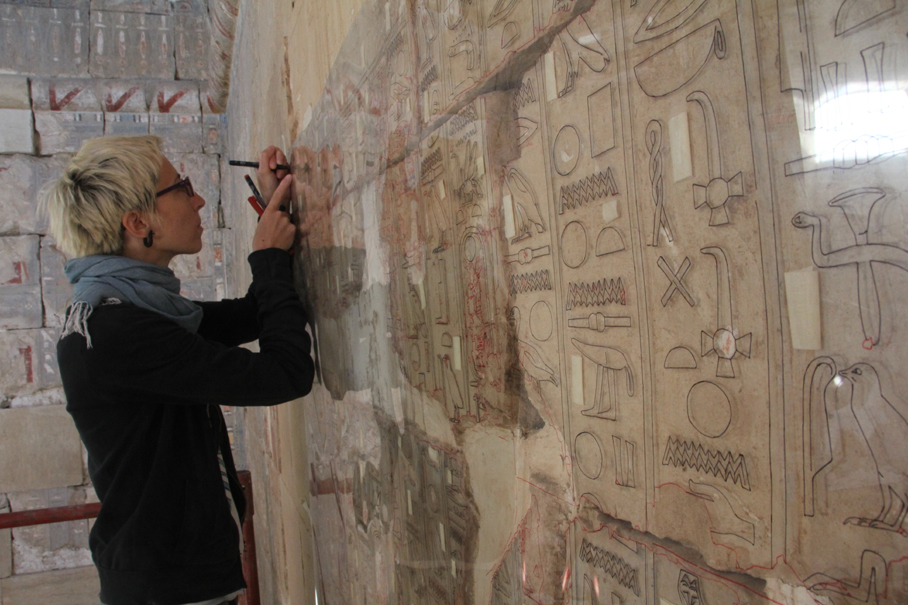
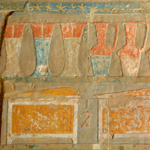 22.10.2021
22.10.2021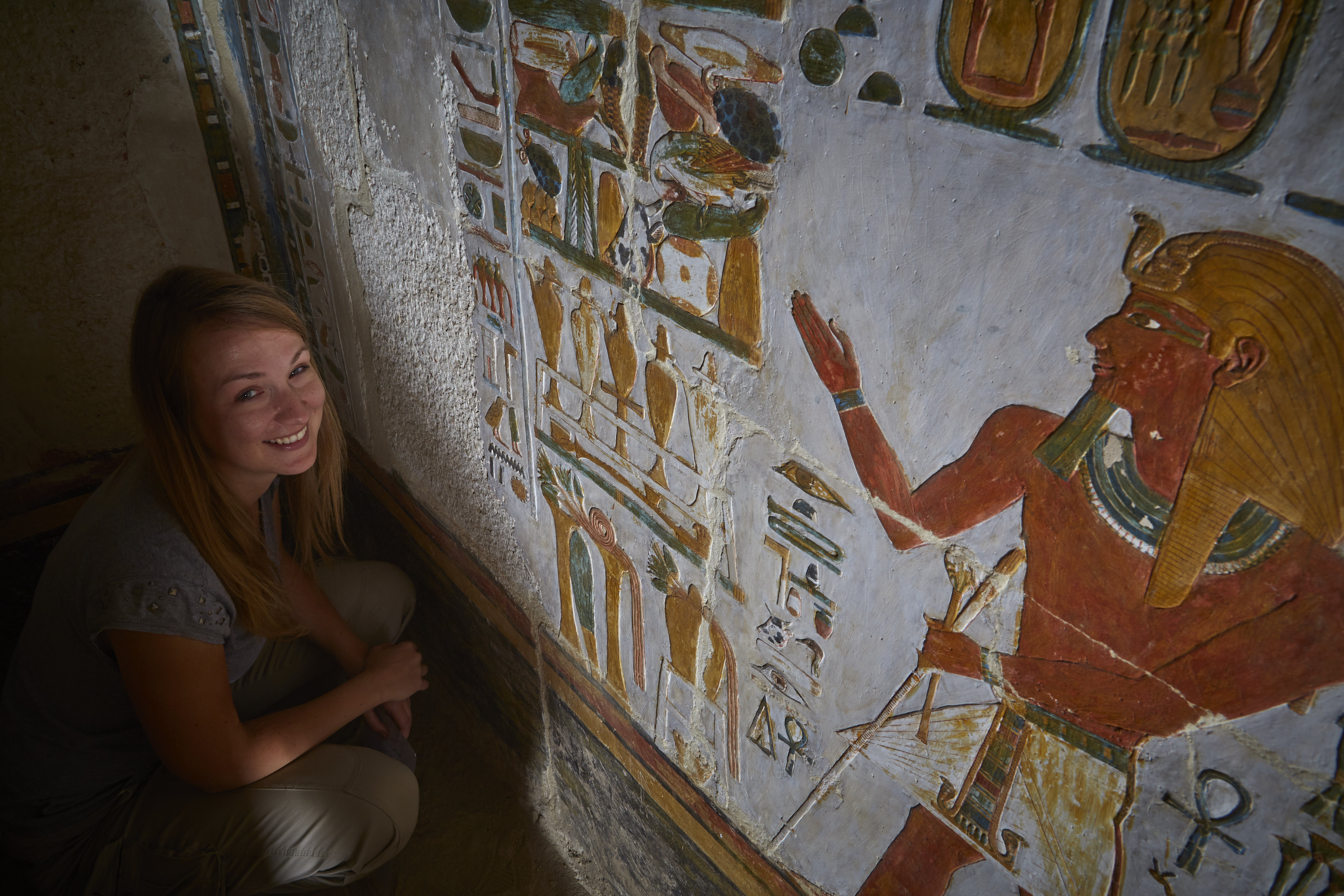 Abstract:
Abstract: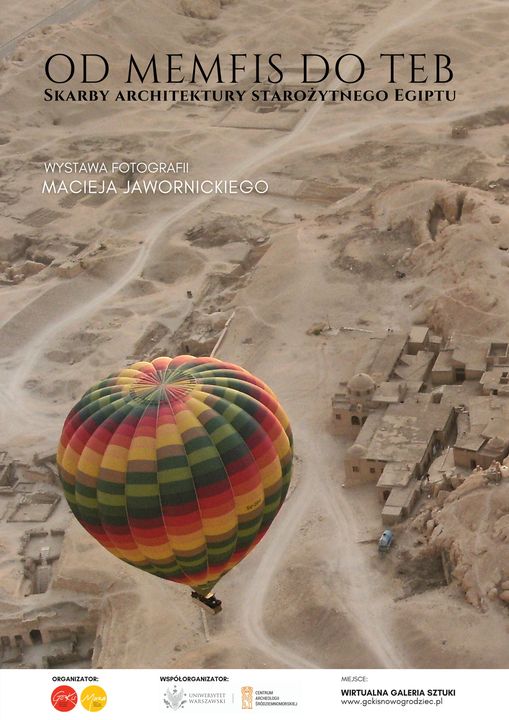 19.07.2021
19.07.2021